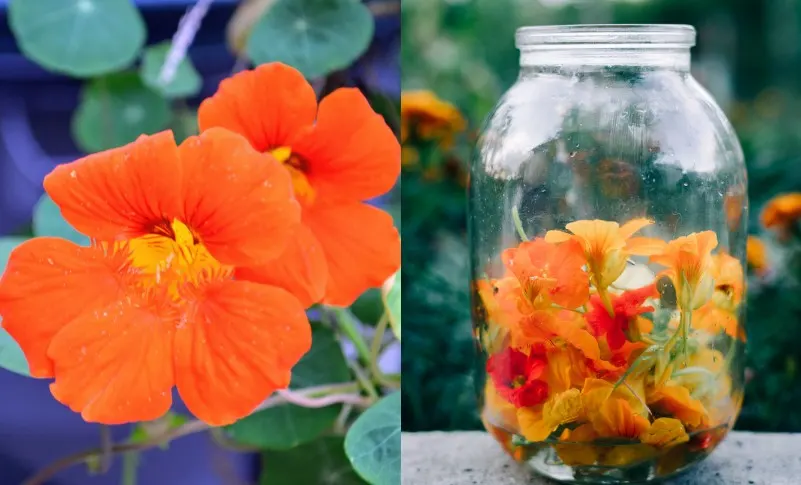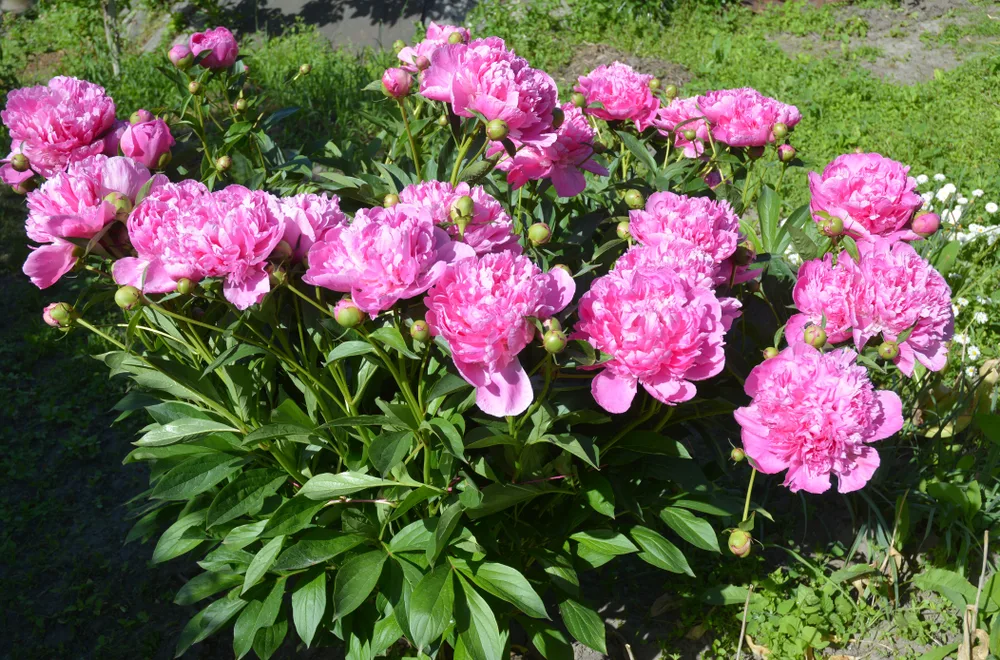
Peonies are beautiful flowering plants that can find a place in many gardens.
Paeonia, the only genus in the Paeoniaciae family, to which peonies all belong, can be herbaceous perennials or deciduous sub-shrubs.
There are a number of different varieties within the family, with different habits, characteristics and requirements. There are currently believed to be around 33 different species of peony.
You can grow peonies in almost every garden and every situation. But it is important to understand which peony will do best where you live.
In temperate regions, the sheer variety and varying characteristics of these plants makes them a favourite for many gardeners.
Choosing Peonies for Your Garden
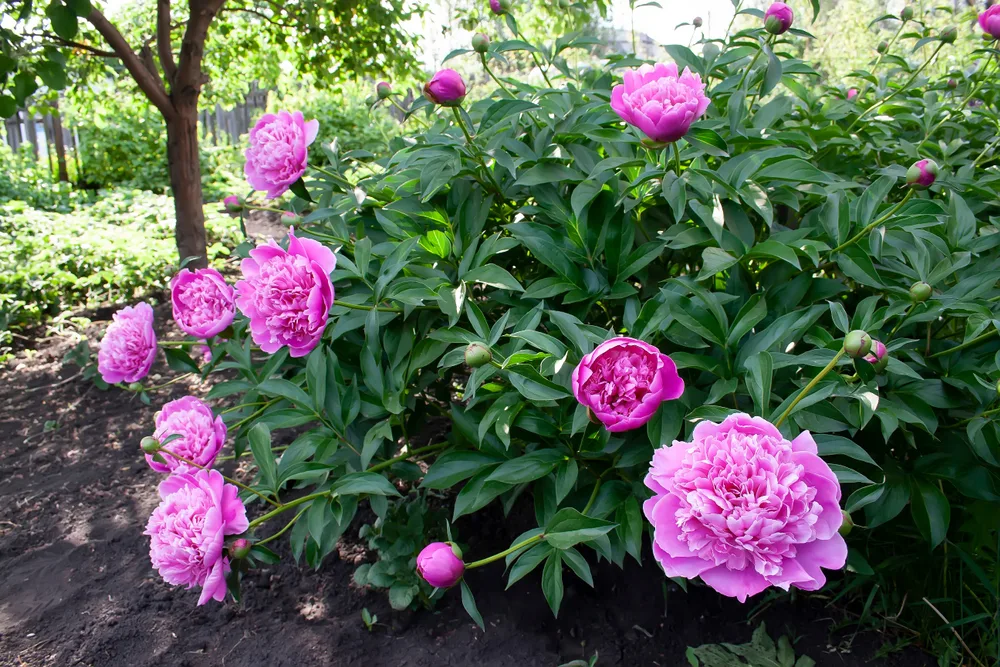
Before you start choosing peonies for your garden, it is important to think about the different growth habits that different species can take, and the different flower forms that can be found in this genus, as well as the colour options that are available.
Growth Habits
When it comes to growth habits, the three main options are:
- herbaceous peonies
- tree peonies
- hybrid types, called ‘intersectional’ peonies.
Flower Types
Herbaceous peonies have a range of different flower types.
- single flowers
- Japanese
- anemone
- semi-double
- bomb
- double.
Which you choose will depend not only on your personal preferences with regard to appearance, but also on the reasons for which you are growing peonies in your garden.
If you are growing them primarily for pollinators and other wildlife, then single blooms are generally the best choice.
This is because bees and other pollinators can more easily reach the nectar.
If, on the other hand, you are growing the peonies to use the blooms as cut or dried flowers, or wish to use the petals for other applications, then you may wish to go for a flower type with more abundance in that area.
Different Peony Species
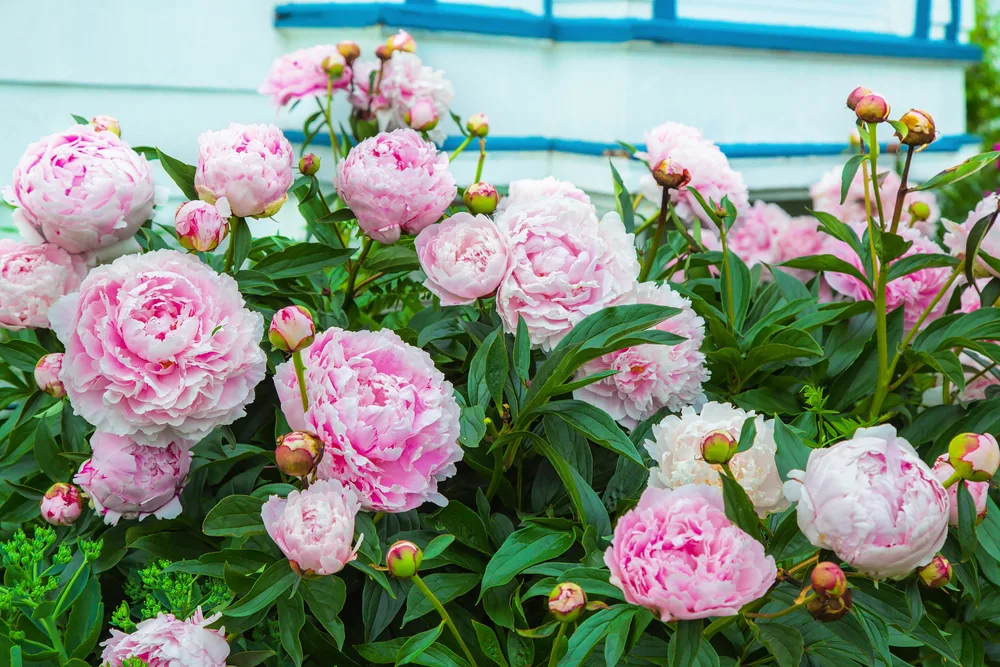
You may also wish to consider choosing a peony that is native to the area where you live.
If so, P. brownii is native to the west of North America between southern British Columbia and Sierra Nevada in California and eastwards to Wyoming and Utah, and P. californica is limited to the mountains of Southern and Central California.
P.officinalis is native to France, Switzerland and Italy and widespread in Europe. P. lactiflora is another common peony. That one is native to China.
How To Grow Peonies
Peonies are generally very tolerant of a wide range of soil types and soil pH levels, though they will usually prefer a site with plenty of sun.
They can even grow in heavy clay as long as the site is amended with plenty of organic matter and does not dry out in summer or get waterlogged in winter.
They are generally fully hardy and will not need any winter protection.
Planting Peonies
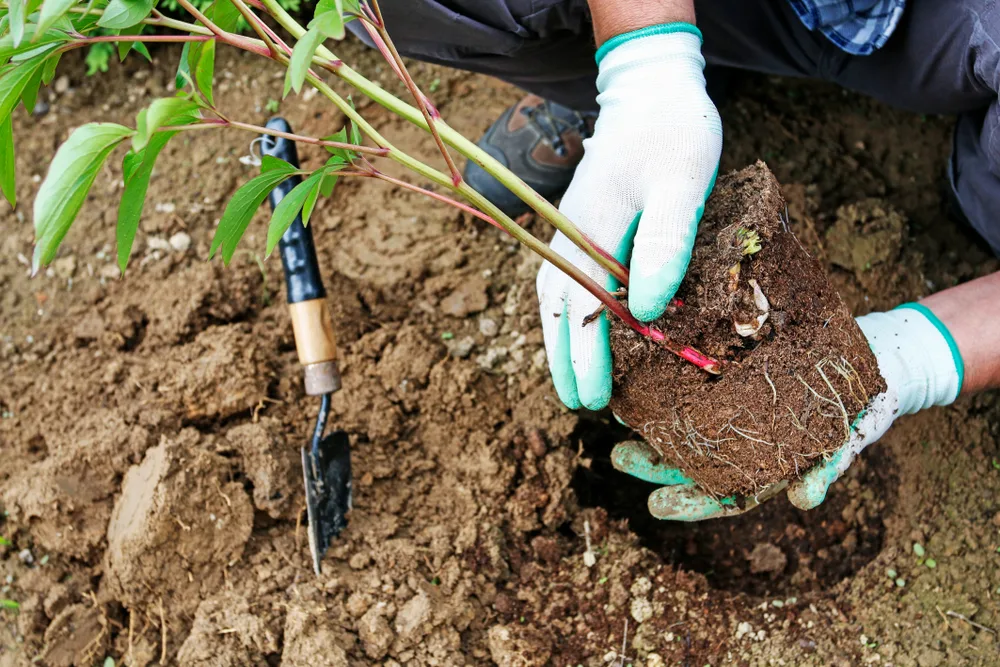
These perennials are usually bought as potted plants or plugs from a garden centre or plant nursery. These are best planted in the spring as soon as the soil has begun to warm.
They can also be bought as bare-rooted divisions, which are best planted in late fall.
Depending on their ultimate height and spread, peony plants should usually be placed around 1m /3 ft apart.
Dig a planting hole around the same depth as the root ball or division that is twice as wide. Then re-fill soil around the plants and firm gently, watering in and continuing to water regularly, especially in dry weather, while the plants establish themselves.
An organic mulch can help to add fertility and also to conserve moisture over the summer months.
Caring For Peonies
Peonies with large flower heads are best staked to prevent them from falling over.
Since many peonies are hybrids, these will not set viable seed and so flower heads can be deadheaded after they bloom.
Foliage will die back in fall and plants will remain dormant over winter.
It is best to cut off the foliage at ground level to reduce the risk of disease. It is also a good idea to mark their locations so you know where they will come back in spring.
Why Grow Peonies in Your Garden?
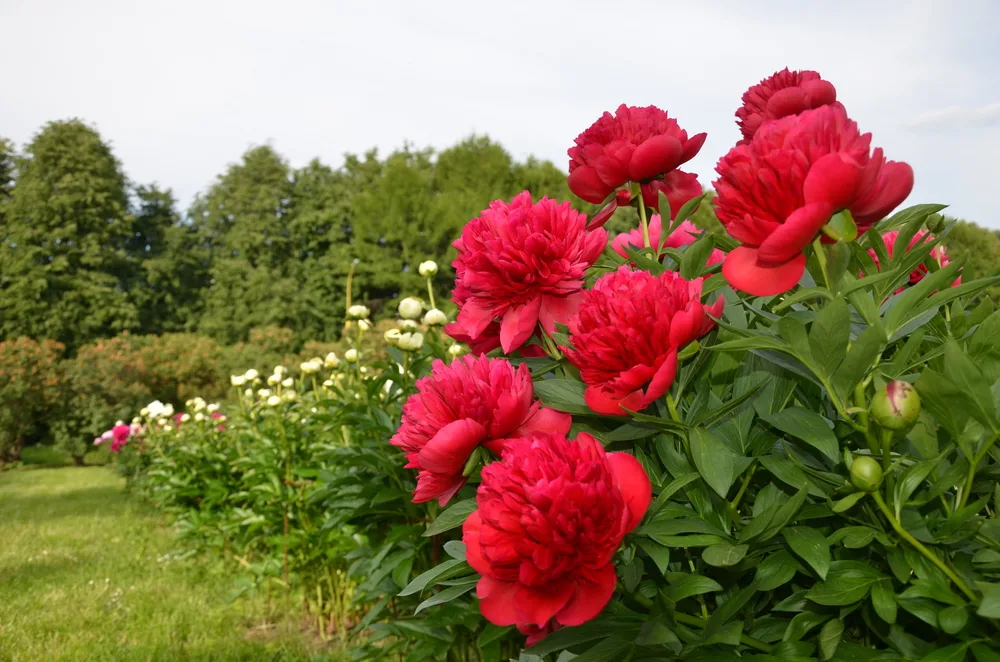
The flowers tend to have a short blooming period – generally only 7-10 days.
But the flowers come in a wide range of colours, ranging from pinks and reds, through purple, yellow and white. So peonies are most often chosen as ornamental plants.
As ornamentals, they can look great in a wide range of traditional and modern garden designs.
Since they are perennial, peonies will come back year after year.
Since they are particularly long-lived, they can steadily form large clumps over time, filling gaps in a perennial border.
They can be be a part of a planting scheme designed to make sure that there is nectar available for pollinators all year round, and one which provides plenty of color throughout the seasons.
But these are not the only reasons to grow peonies in your garden. In addition to looking (and often smelling) lovely, peonies can also find a range of uses around your home.
How to Use Peonies in Your Home
To help you make the most of the peonies that you grow in your garden, here are some suggestions for how you might be able to use them around your home.
1. Peonies as Fresh Cut Flowers

When you grow peonies, one of the most obvious ways to use peony blooms in your home is to use them as cut flowers for bouquets and other floral arrangements.
Peonies are popular for Valentine’s Day and other romantic occasions such as weddings or anniversaries.
Peonies are commonly used to symbolize romance, prosperity, good fortune, a happy marriage, riches, honor, and compassion. It is also the state flower of Indiana.
Cut Flower Care @ peonyparadise.com
2. Dried Peonies
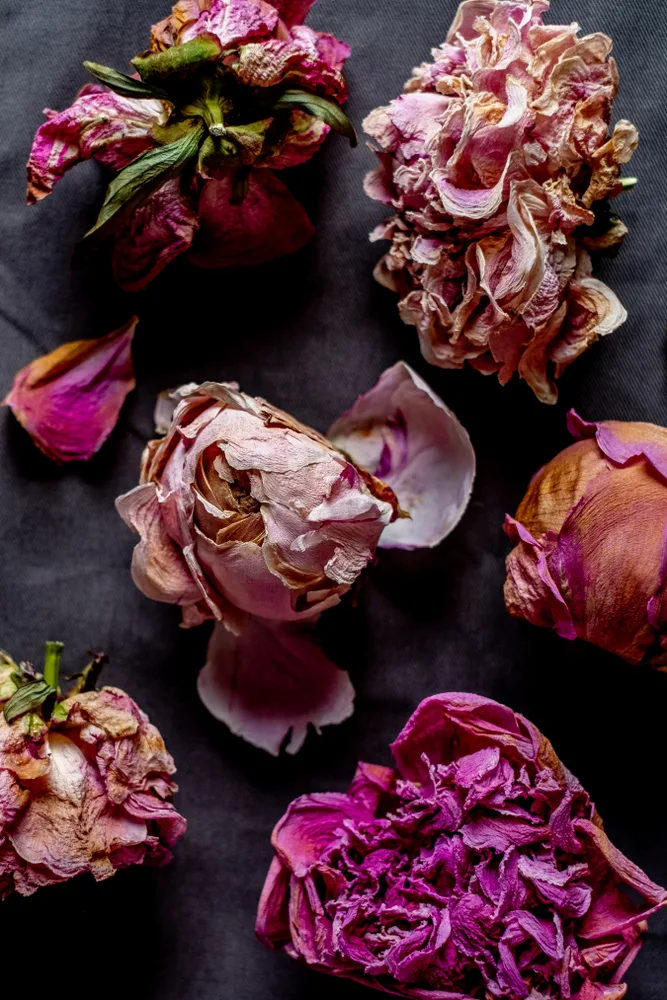
By drying peonies, you can also create much longer-lasting displays for your home. The fresh blooms are regretfully short-lived. But dried arrangements can last for years.
You can place the dried peonies in vases or other displays, or create garlands and swags with the flower heads and other dried foliage and leaves.
How to Dry Peonies @ bhg.com
Edible Uses for Peonies
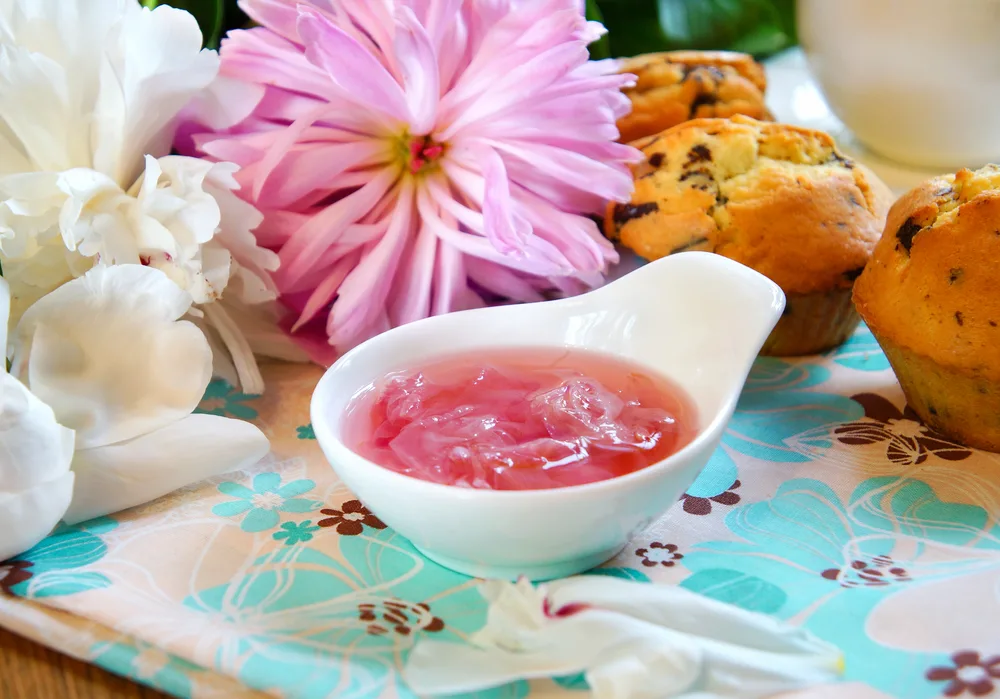
When talking about edible uses for peonies, it is very important to note that not all peony species are edible and some could, in fact, cause a nasty stomach upset.
Related Reading: 30 Edible Flowers You Had No Idea You Could Eat
In the case of Paeonia officinalis, for example, the entire plant is poisonous if taken in large doses. But the flowers are still eaten cooked, or used to scent tea and are sometimes ingested in small quantities.
Chinese peonies are also often eaten in small quantities.
If you grow peonies, it is very important to know for a fact which variety you have before you consider ingesting it in any form, and also only to eat even edible species in moderation.
3. Peony Jam
Fragrant peonies are sometimes added to preserves. An example is the strawberry and peony jam described in the link below.
In this recipe, a peony syrup is added to a strawberry jam for additional colour, depth and flavour.
Strawberry Perony Jam @ persephoneskitchen.com
4. Peony Jelly
You can also showcase certain peonies on their own in a fragrant and delicately coloured jelly, which is described in the link below.
Perony Jelly Recipe @ purewow.com
5. Peony Ice Cream
Peony petals have also been added to ice cream to make a sweet treat, as can can be seen in this recipe.
Peony and Rose Petal Ice Cream @ healthygreenkitchen.com
6. Peony Cocktails
Finally, some adventurous eaters and drinkers who grow peonies have also managed to incorporate the petals of certain peonies into a range of delightful drinks. How about a Peony Colada:
Peony Colada @ brit.co
Or one of these cocktails made with peony vodka?
Peony Vodka Cocktails @ ediblehudsonvalley.ediblecommunities.com
Use of Peonies in Herbal Medicine
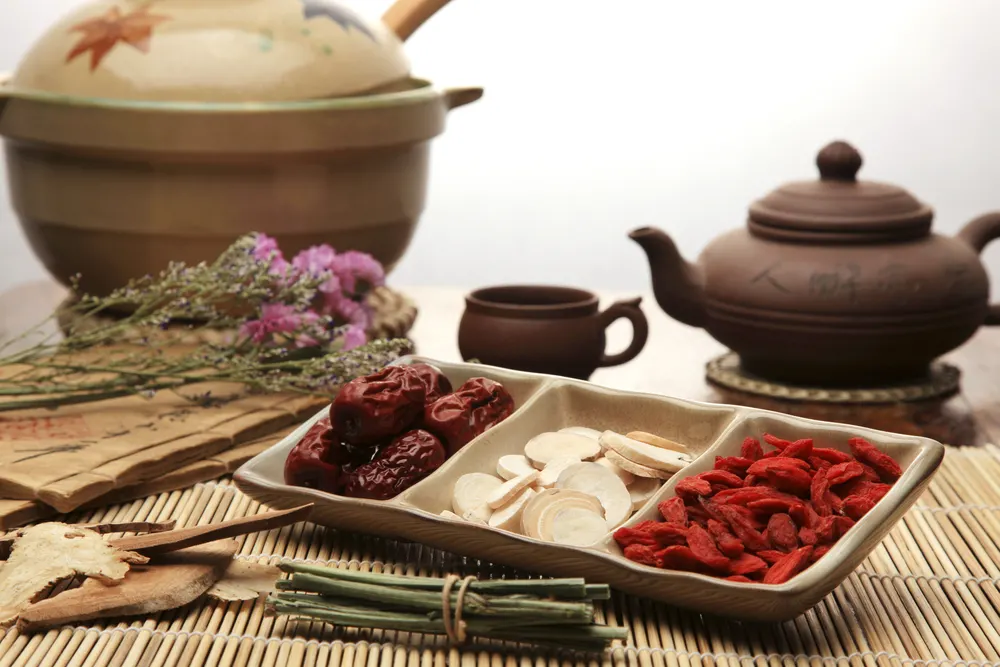
Many peonies, especially Chinese ones, have a long history of use in herbal medicines. Ingredients have been isolated in these plants which treat a wide range of ailments and conditions.
7. Peony Tea
The roots of Chinese peonies are sometimes steeped in hot water to make a a herbal tea that is said to be useful for a wide range of maladies.
However, making your own peony tea is not recommended, as dosages cannot easily be verified and you may end up doing more harm than good.
If you are interested in traditional medicine then it is best to consult a practising professional.
Using Peonies in Health & Beauty
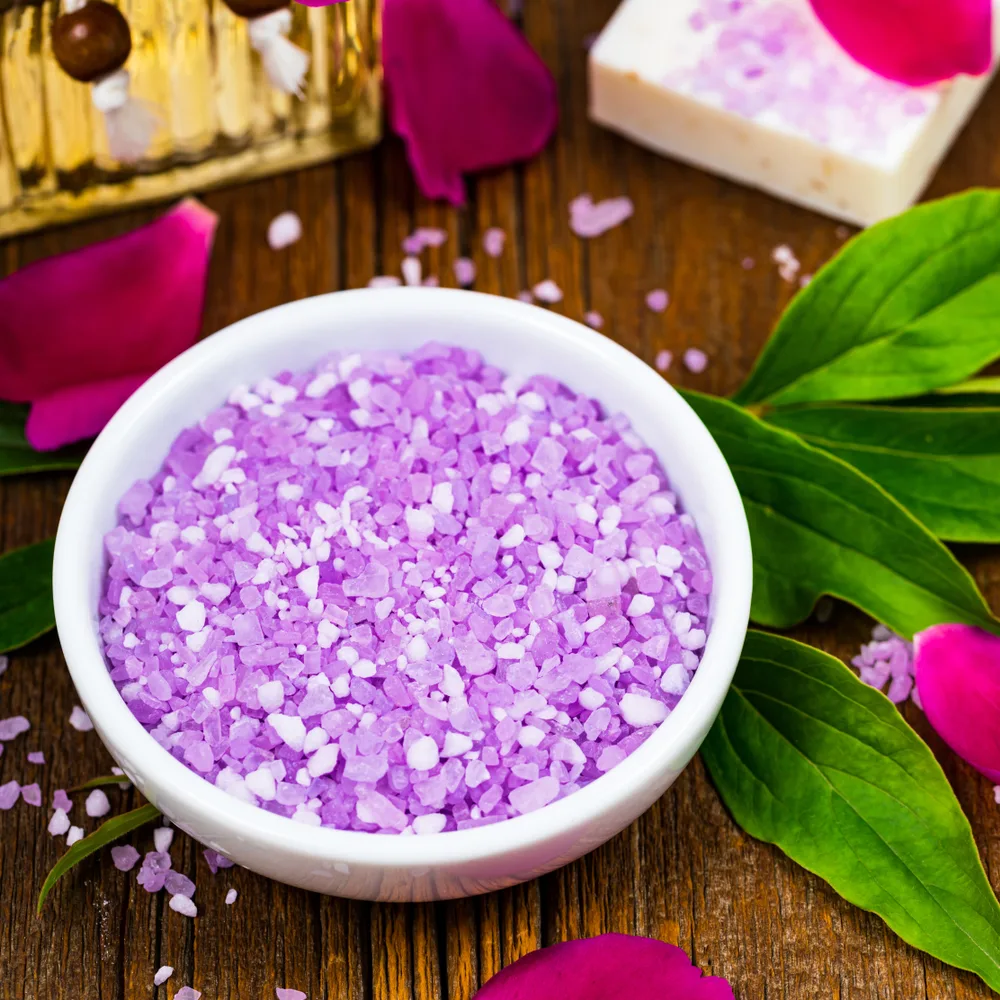
The uses for garden peonies do not end there. Beyond the limited but useful edible uses for certain peonies, you will also find that peonies can be used in a range of ways to create your own health and beauty products.
For example, you could make:
8. Peony Sugar Scrub
This is very easy to make. All you need to do to create your own exfoliant scrub is blend some peony petals with sugar in a food processor.
Add some sweet almond oil or another oil of your choice and your scrub will also be moisturizing.
Peony Sugar Scrub @ rhythmreverie.com
9. Peony Bath Salts
If you grow peonies, you can also use peony petals to make bath salts that you can use for a relaxing soak.
Bath Salts Recipe @ gardentherapy.ca
10. Peony Bath Bombs
Or, for an extra special bath, why not consider making your own peony bath bombs?
Peony Bath Bombs @ apumpkinandaprincess.com
11. Peony Bar Soap
You might even be able to incorporate peonies into a cold process or hot process home-made soap. One example of peony soap making can be found below.
Peony Bar Soap @ publiclivessecretrecipes.com
12. Peony Essential Oil
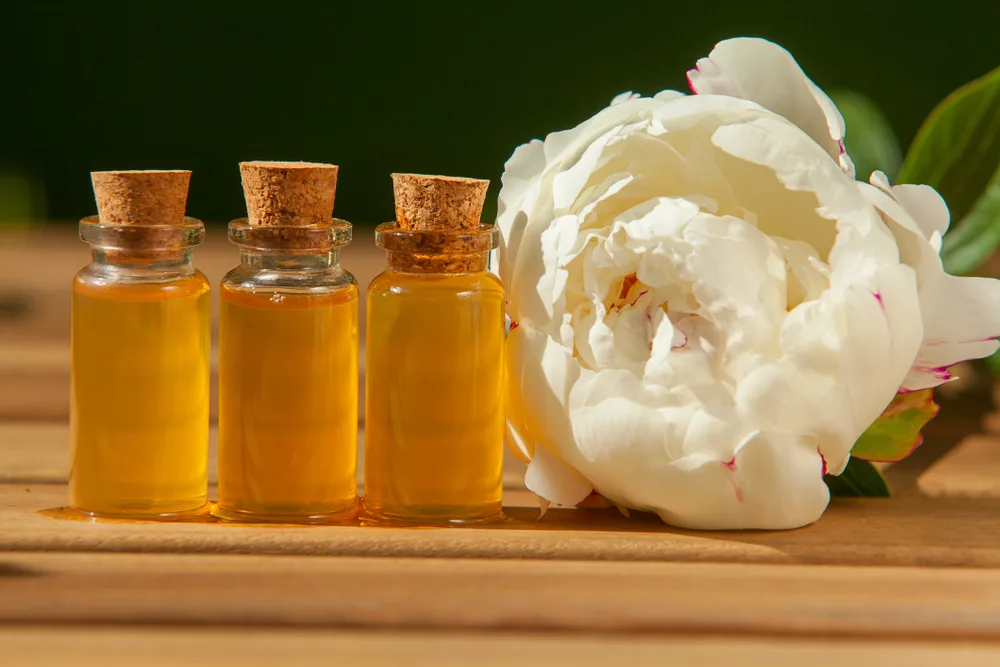
While it is a step up when it comes to those DIY skills, if you have a distiller you might even be able to consider making your own essential oils from flowers in your garden.
Making your own peony essential oil would open up whole new realms of possibility when it comes to using peonies in your home. For example, with peony essential oil you could make:
- Skin cleansers
- Skin-soothing lotions
- Skin brightening lotions
- Skin toners
- Hair shampoo
- Home-made candles
- Home-made air fresheners
- Massage oils
And more. There are many amazing ways to harness the natural properties of the plant for your cleaning and beauty regime, and to make you and your home smell amazing.
In Conclusion – Grow Peonies
As you can see from the above, with a little work and a lot of imagination, peonies can be good for far more than just brightening up your garden.
So what will you do with the peonies that you grow?

Get the famous Rural Sprout newsletter delivered to your inbox.
Including Sunday musings from our editor, Tracey, as well as “What’s Up Wednesday” our roundup of what’s in season and new article updates and alerts.



